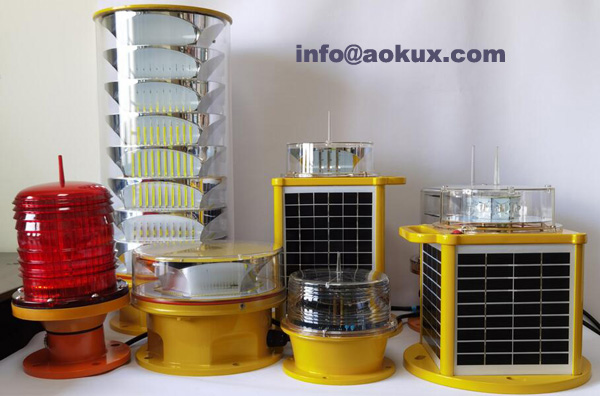
Aircraft Warning Lights for Buildings – Vital Components of Aviation Safety
Aviation safety is paramount in the aviation industry, and there are specific measures and precautions in place to ensure it. One of the most critical aspects of aviation safety is the installation of aircraft warning lights on buildings. In this article, we will explore the significance of aircraft warning lights for buildings, their critical role in aviation safety, and how they can improve aviation compliance.
What Are Aircraft Warning Lights for Buildings?
Aircraft warning lights for buildings are high-intensity lights mounted on top of buildings to indicate their location, height, and potential collision risks to pilots and air traffic controllers. These lights are crucial for pilots to navigate around buildings during night flights, obstructed visibility, or harsh weather conditions.
Aircraft warning lights are available in varying colors, depending on the building's height and purpose. Red lights are used for tall structures, while white lights are commonly used for smaller buildings.
The Importance of Aircraft Warning Lights for Buildings
Aircraft warning lights for buildings are essential for aviation safety as they help prevent collisions between aircraft and buildings. By providing warning signals to pilots, these lights effectively reduce aviation safety hazards, particularly during low-visibility conditions.

Apart from reducing aviation safety risks, aircraft warning lights are also mandatory in many international and national aviation regulations worldwide. This makes the installation and maintenance of the warning lights an essential aspect of aviation safety compliance.
Benefits of Aircraft Warning Lights for Buildings
Aircraft warning lights have several benefits that can enhance aviation safety and compliance, including:
1. Reduced Collision Risks – Warning lights alert pilots to the presence of buildings during night flights, making it easier for them to navigate around them and avoid collisions.
2. Improved Safety – With mandated regulations in place in many aviation authorities globally, aircraft warning lights for buildings ensure compliance and improve overall aviation safety standards.
3. Increased Visibility – Tall buildings fitted with aircraft warning lights can serve as landmarks, enabling pilots and operators to identify them in populated urban environments.
4. Cost-Efficient – Aircraft warning lights for buildings are a wise investment in the long-run since their regular maintenance and high-quality installations can guarantee their long-term usefulness.
Conclusion
In conclusion, aircraft warning lights for buildings are essential in maintaining aviation safety and compliance. With increased visibility, reduced collision risks, improved safety, and cost-efficiency, aircraft warning lights are a crucial investment for long-term aviation compliance. The installation and proper maintenance of these lights are essential aspects of aviation regulatory compliance, and their vital significance cannot be overstated in enhancing overall aviation safety.